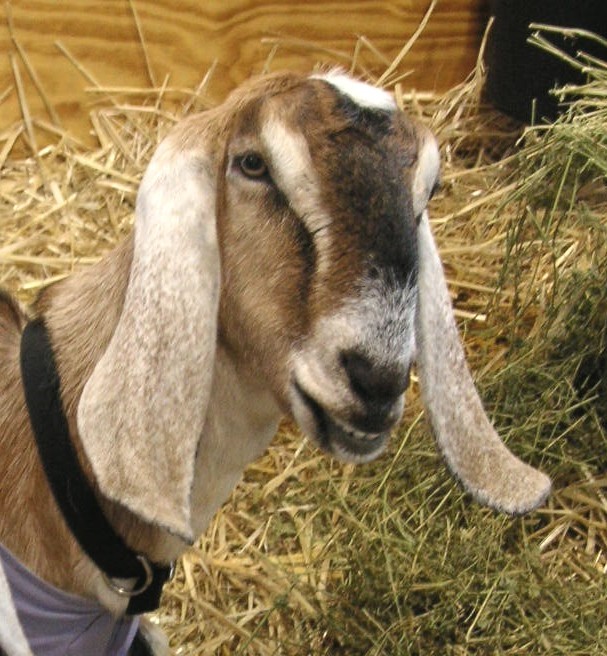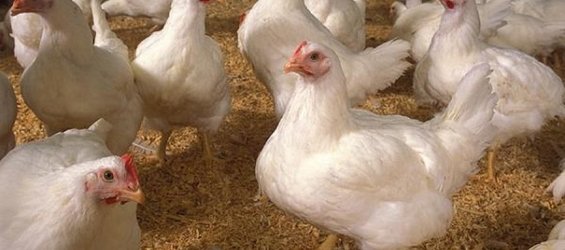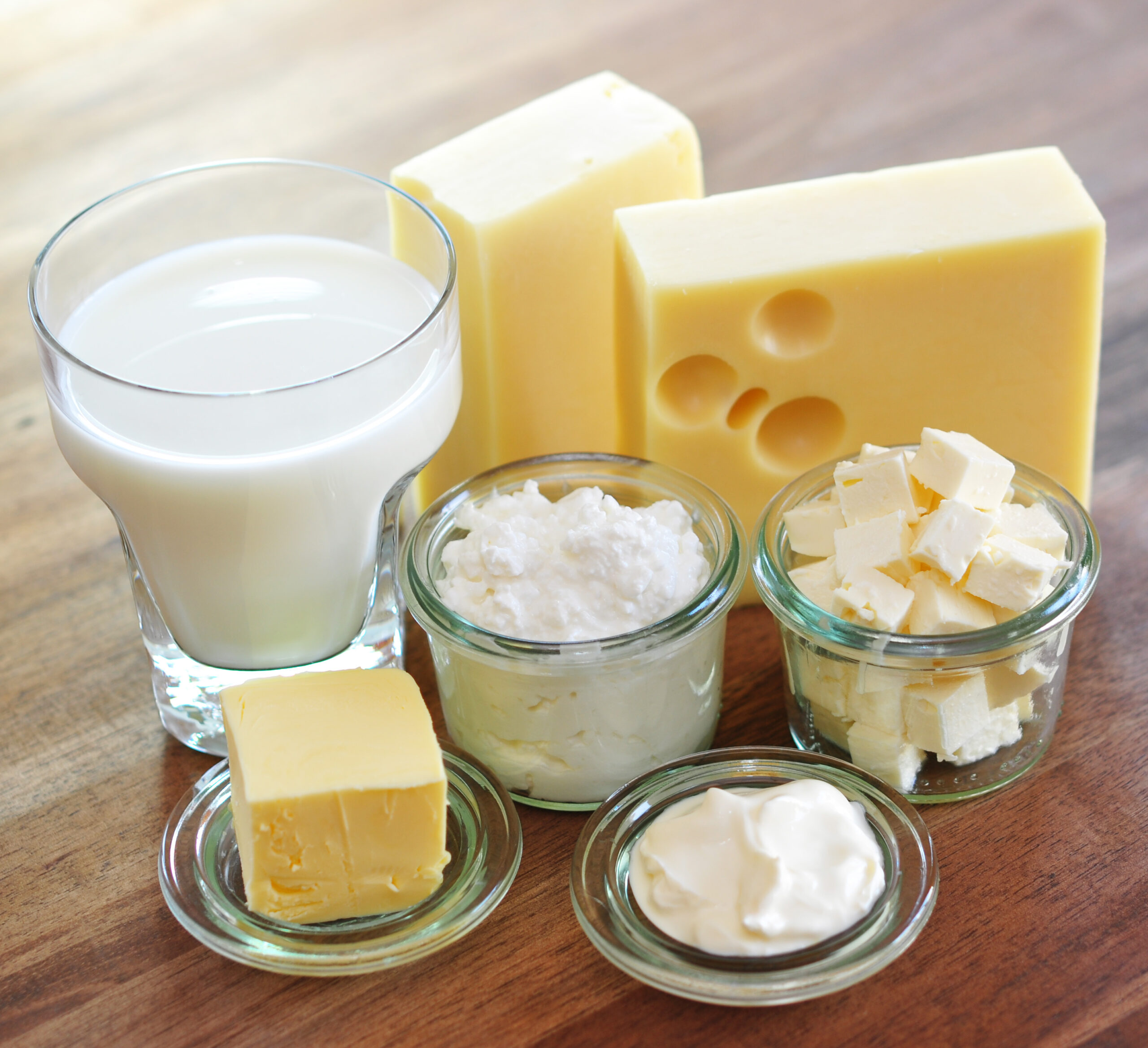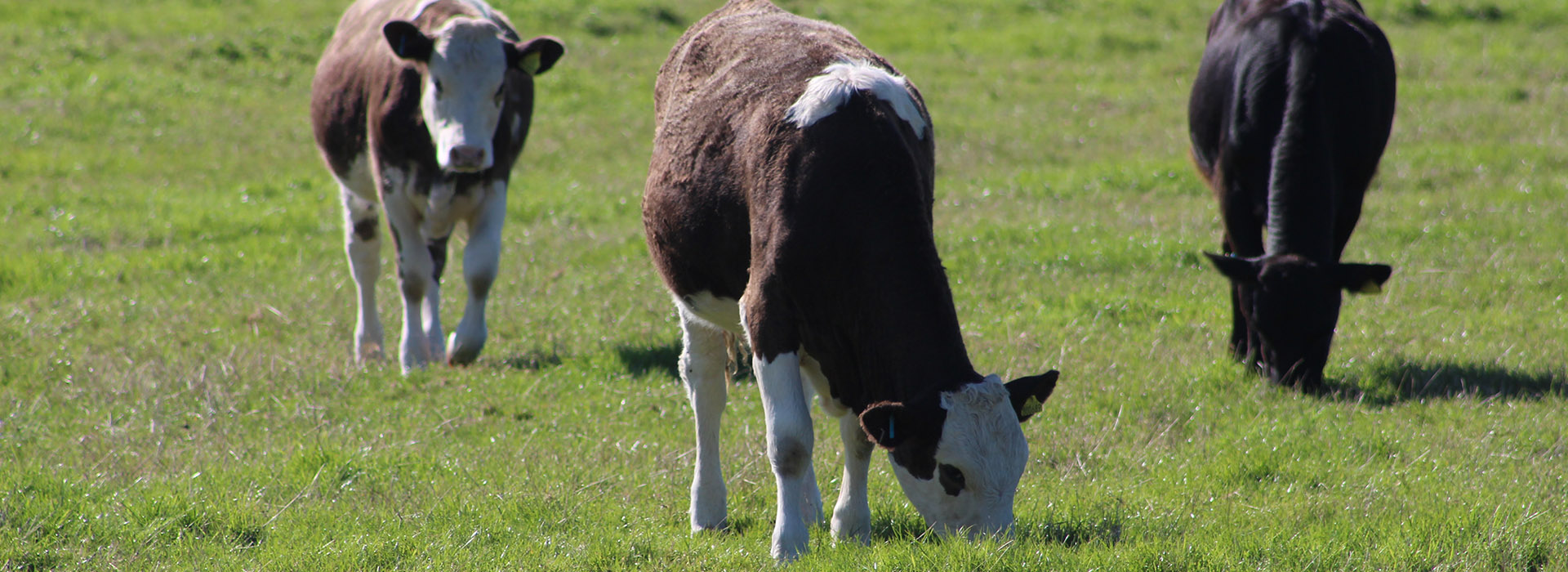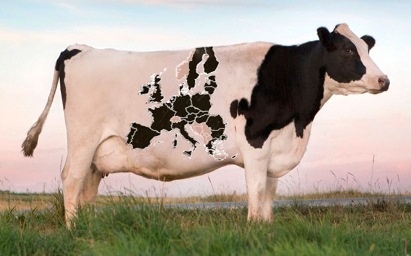The two GDT (Global Dairy Trade) auctions in November showed similar results, with the average index price falling 3.5% and 3.4% on the 7th and 21st November respectively. This leaves the index at $2,970 per tonne. This is the first time the price has dipped below $3,000 per tonne since October 2016. At that point, prices were firmly on the up. Now, there appears to be a downwards trend with prices falling for four auctions in a row. New Zealand is currently in its peak production period and, although output this year hasn’t been as good as in 2016, deliveries are expected to show some improvement as the weather conditions improve, which probably explains part of the reason for the decrease.
With commodity prices seemingly under pressure, UK farmgate price increases are starting to slow with the market. Arla has frozen its prices for November and the Muller direct November price is to remain the same for December. Many of the other increases for November have been for less than 1ppl (see last month’s article). Muller Tesco suppliers are the only ones to receive a price cut so far, decreasing by 0.13ppl.
If wholesale prices continue to fall, farmgate prices will inevitably decrease. However commodity prices seem to have fallen significantly without much of a change in market dynamics. Milk production is higher compared with last year, but the EU’s Milk Production Reduction Scheme commenced this time in 2016. In the UK, cumulative production for 2017/18 up to September stands at 7,323.6m litres. This is 174.7m litres more than 2015/16 but 296m litres less than in 2015/16 and 79.8m litres less than at the same time in 2014/15. Stocks, apart from SMP are also relatively stable and although they have fallen recently are still relatively high compared to historic levels. It does appear though that buyers have seen production rising and are now waiting to see if prices fall any further.
